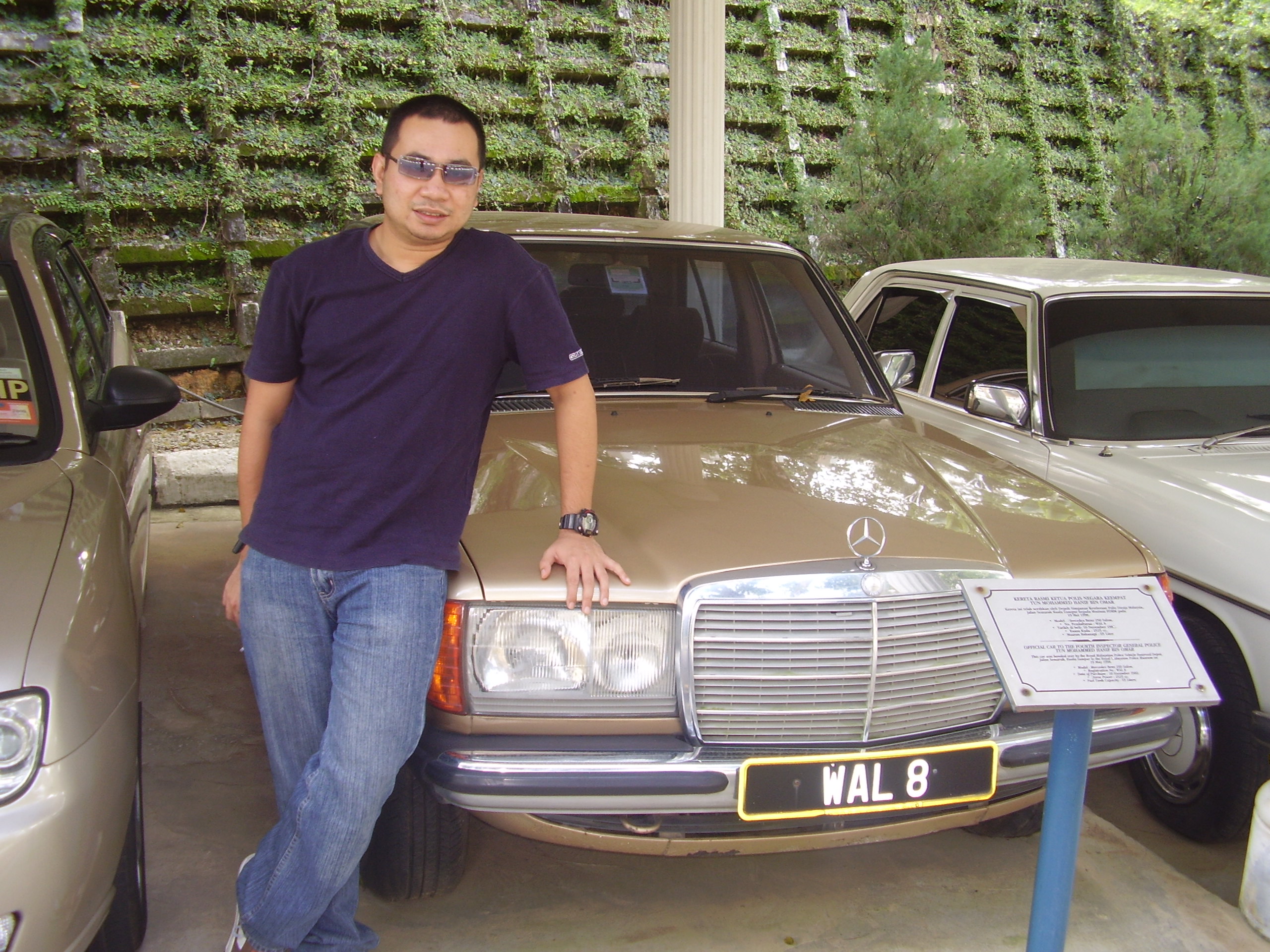It was a blissful morning on that day and on that day 13th March 1983 at 9.30 am, I took my first breath into this vulnerable world at the labor room of Ipoh Specialist Centre after sitting comfortably in my mum’s womb for 9 months 3 days. Sometimes, I wonder whether the first cry was a cry of happiness or sorrow, only God knows as He knew better than we do.
I did not know who my parents were but all I could remember was my mother’s tears dripping onto my soft cheek so did my dad on which later I knew that Ahmad Fuad Jaafar is my dad and Zulaika A Rahman is my mum. As a baby, I am vulnerable towards diseases and various of illnesses. According to dad, I did not cry for long due to difficulties in breathing thus I had to be put in an incubator. My mum said that she was admitted into the labor at 2 am but only delivered me 7 hours later, gosh, wonder how painful and suffer my mum was; using all the strengths that she could merely to get me into this world. According to mum, I was a huge baby and weights about 8 pounds, man how big I was.
As I grew up, I went through a wonderful childhood days on which other kids did not stake a chance to feel the beautiness of my childhood days. Yup, as early as a baby, I grew up in a moderate comfort living in a bungalow provided by dad’s company, I got everything that a boy would ever wanted in this world; toys. The most unforgettable memories was my childhood days at a serene place located at the outskirt of the city of civilization, Kuala Lumpur. Called Batang Berjuntai (now known as Berjuntai Bestari, where my sister is studying currently). Yup, indeed it was a memorable moment during my stay there. Everything was provided and off course the small boss (me) would get everything that he ever wanted. The story began at an old English-style bungalow located at Bukit Minyak. Back then, those who lived at Bukit Minyak were regarded as rich and only selected people were allowed to enter the housing area as the housing area were strictly secured.
I was 3 back then and off course when looking at that old spooky bungalow (indeed it was) was a great horror. Yeah it was big and I remembered that I could even play hide and seek inside the house, imagine how small I was and how big was the house. Not only that, the surrounding location of the house added tonnes of credits how scary the house looked like. Surrounded with palm trees, the house looked conducive in the daylight but in the night time, the house looked spooky added with mist. I spent 7 years living in that spooky house before my family moved out from the house to Kemaman.
Another chapter began as my family moved to Kemaman, Terengganu. I spent 4 1/2 years there. First, we lived at Taman Jakar Jaya. It was a single storey bungalow but we did not stay there long due to the instability of the house. When I was in the standard two, my family shifted to Taman Haji Wan Ngah 2 and spent the rest of the 3 years in that terrace double storey house. There I spent my primary school days at Sekolah kebangsaan Seri Kemaman. I met with various of people there and I still keep in touch with them although I only met them after 11 years I left Kemaman and my family decided to settle down in Kuala Lumpur.
The journey will continue……
I did not know who my parents were but all I could remember was my mother’s tears dripping onto my soft cheek so did my dad on which later I knew that Ahmad Fuad Jaafar is my dad and Zulaika A Rahman is my mum. As a baby, I am vulnerable towards diseases and various of illnesses. According to dad, I did not cry for long due to difficulties in breathing thus I had to be put in an incubator. My mum said that she was admitted into the labor at 2 am but only delivered me 7 hours later, gosh, wonder how painful and suffer my mum was; using all the strengths that she could merely to get me into this world. According to mum, I was a huge baby and weights about 8 pounds, man how big I was.
As I grew up, I went through a wonderful childhood days on which other kids did not stake a chance to feel the beautiness of my childhood days. Yup, as early as a baby, I grew up in a moderate comfort living in a bungalow provided by dad’s company, I got everything that a boy would ever wanted in this world; toys. The most unforgettable memories was my childhood days at a serene place located at the outskirt of the city of civilization, Kuala Lumpur. Called Batang Berjuntai (now known as Berjuntai Bestari, where my sister is studying currently). Yup, indeed it was a memorable moment during my stay there. Everything was provided and off course the small boss (me) would get everything that he ever wanted. The story began at an old English-style bungalow located at Bukit Minyak. Back then, those who lived at Bukit Minyak were regarded as rich and only selected people were allowed to enter the housing area as the housing area were strictly secured.
I was 3 back then and off course when looking at that old spooky bungalow (indeed it was) was a great horror. Yeah it was big and I remembered that I could even play hide and seek inside the house, imagine how small I was and how big was the house. Not only that, the surrounding location of the house added tonnes of credits how scary the house looked like. Surrounded with palm trees, the house looked conducive in the daylight but in the night time, the house looked spooky added with mist. I spent 7 years living in that spooky house before my family moved out from the house to Kemaman.
Another chapter began as my family moved to Kemaman, Terengganu. I spent 4 1/2 years there. First, we lived at Taman Jakar Jaya. It was a single storey bungalow but we did not stay there long due to the instability of the house. When I was in the standard two, my family shifted to Taman Haji Wan Ngah 2 and spent the rest of the 3 years in that terrace double storey house. There I spent my primary school days at Sekolah kebangsaan Seri Kemaman. I met with various of people there and I still keep in touch with them although I only met them after 11 years I left Kemaman and my family decided to settle down in Kuala Lumpur.
The journey will continue……

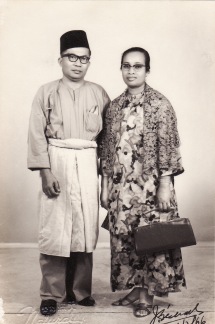




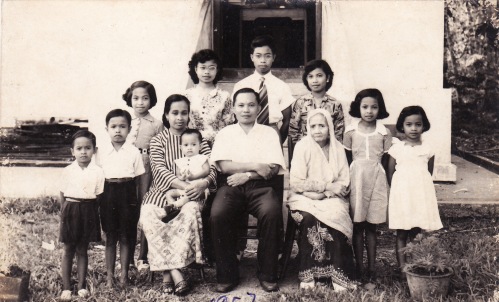







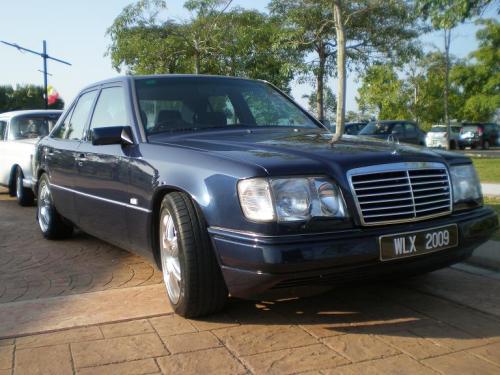










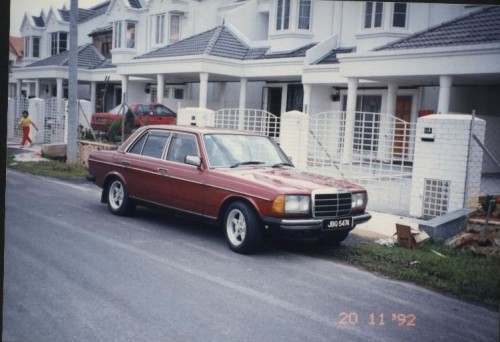 8. 1991 Honda Accord 2.0 EXi
8. 1991 Honda Accord 2.0 EXi
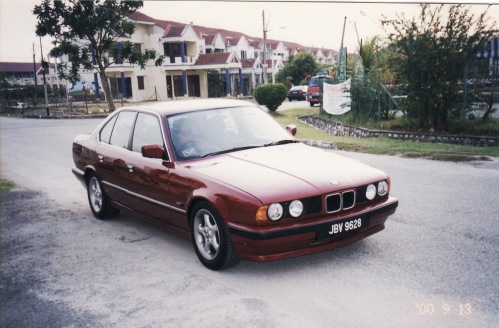
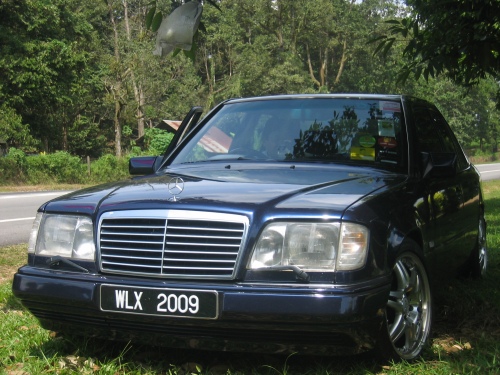
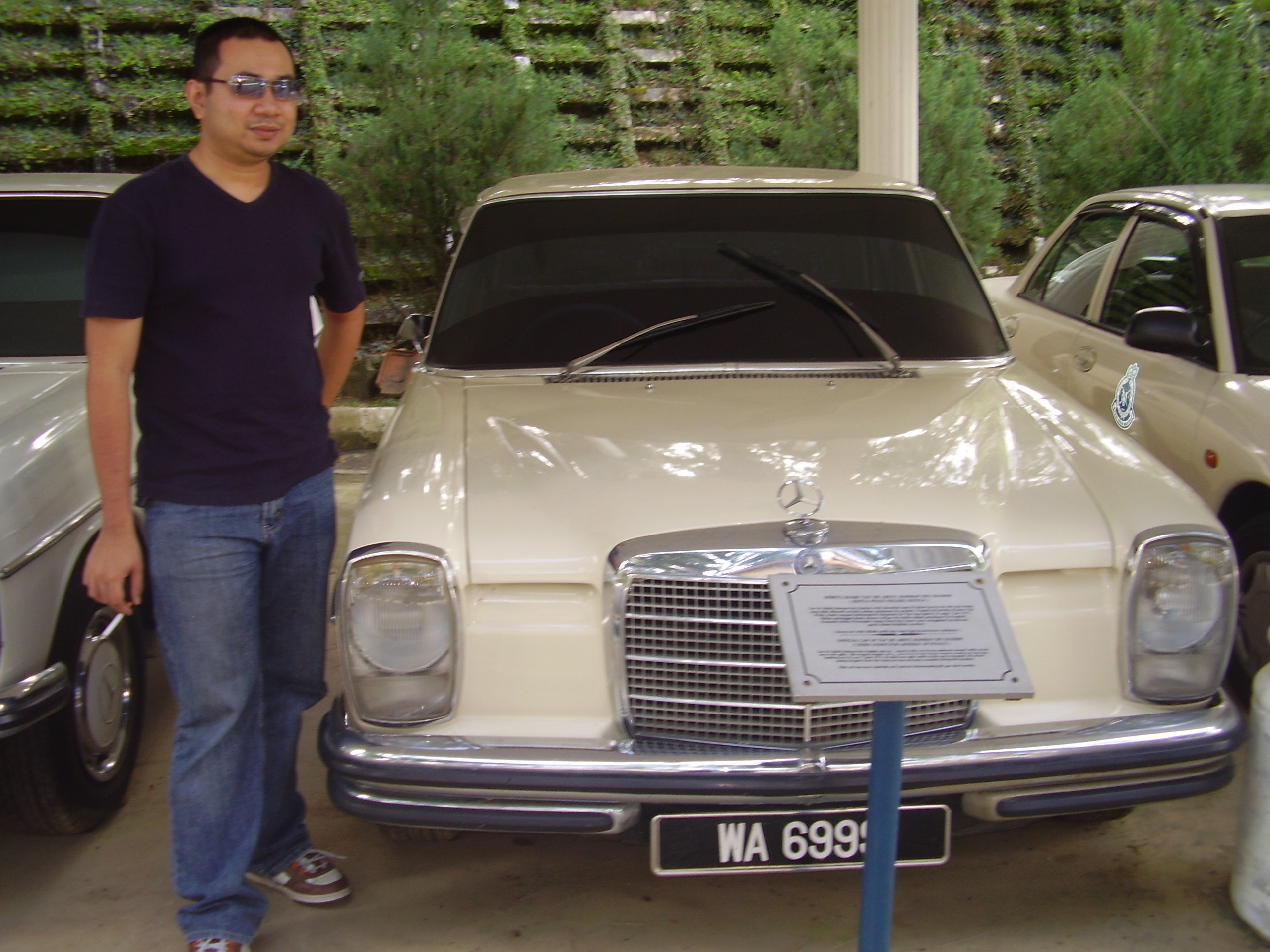 This car was formerly used by Tan Sri Abdul Rahman Hashim the third IGP. It's a 1969 W114 Mercedes Benz 250. The colour of this maginificent car is light yellow and red MB Tex interior. He was shot inside this car on his way back to his house in 1973 however, this car had been restored and repaired.
This car was formerly used by Tan Sri Abdul Rahman Hashim the third IGP. It's a 1969 W114 Mercedes Benz 250. The colour of this maginificent car is light yellow and red MB Tex interior. He was shot inside this car on his way back to his house in 1973 however, this car had been restored and repaired.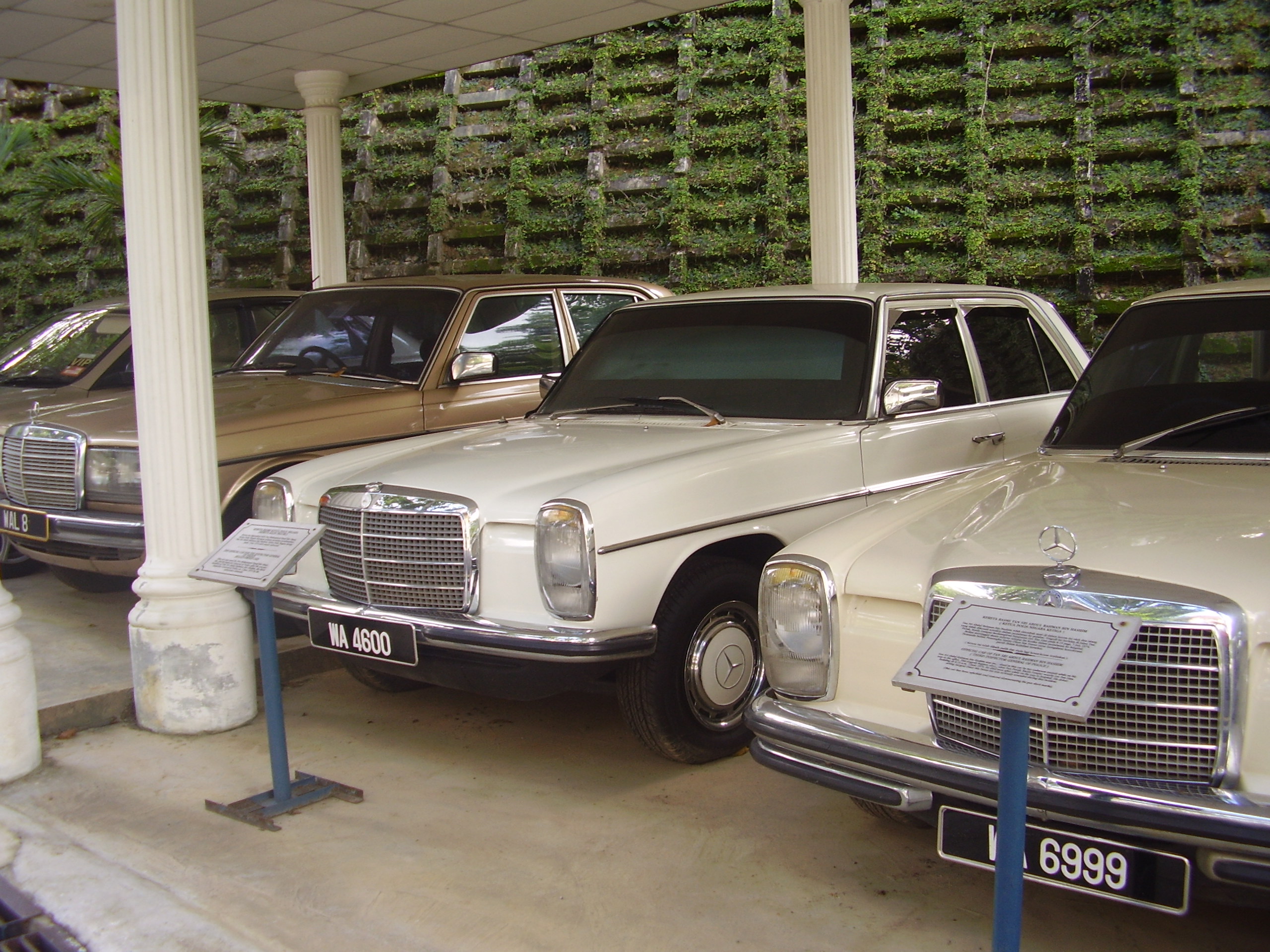 The white Mercedes Benz is a 1974 230.6 and it was used by the longest serving IGP, Tun Haniff Omar. This car is a bullet proof car prior with the tragic demise of Tan Sri Abdul Rahman Hashim in 1973. This car is a very heavy car prior with its extra thick glass. The photo below shows the interior of the bullet proof car.
The white Mercedes Benz is a 1974 230.6 and it was used by the longest serving IGP, Tun Haniff Omar. This car is a bullet proof car prior with the tragic demise of Tan Sri Abdul Rahman Hashim in 1973. This car is a very heavy car prior with its extra thick glass. The photo below shows the interior of the bullet proof car.
